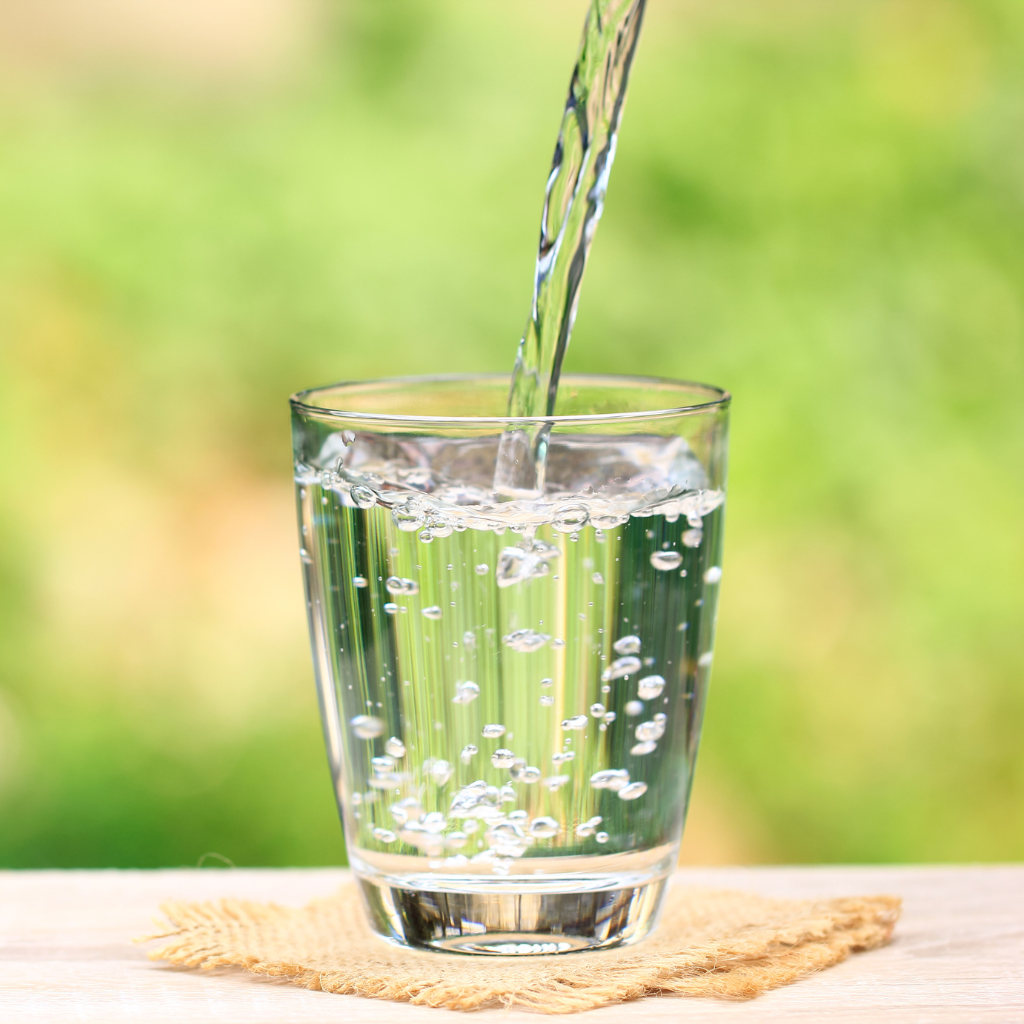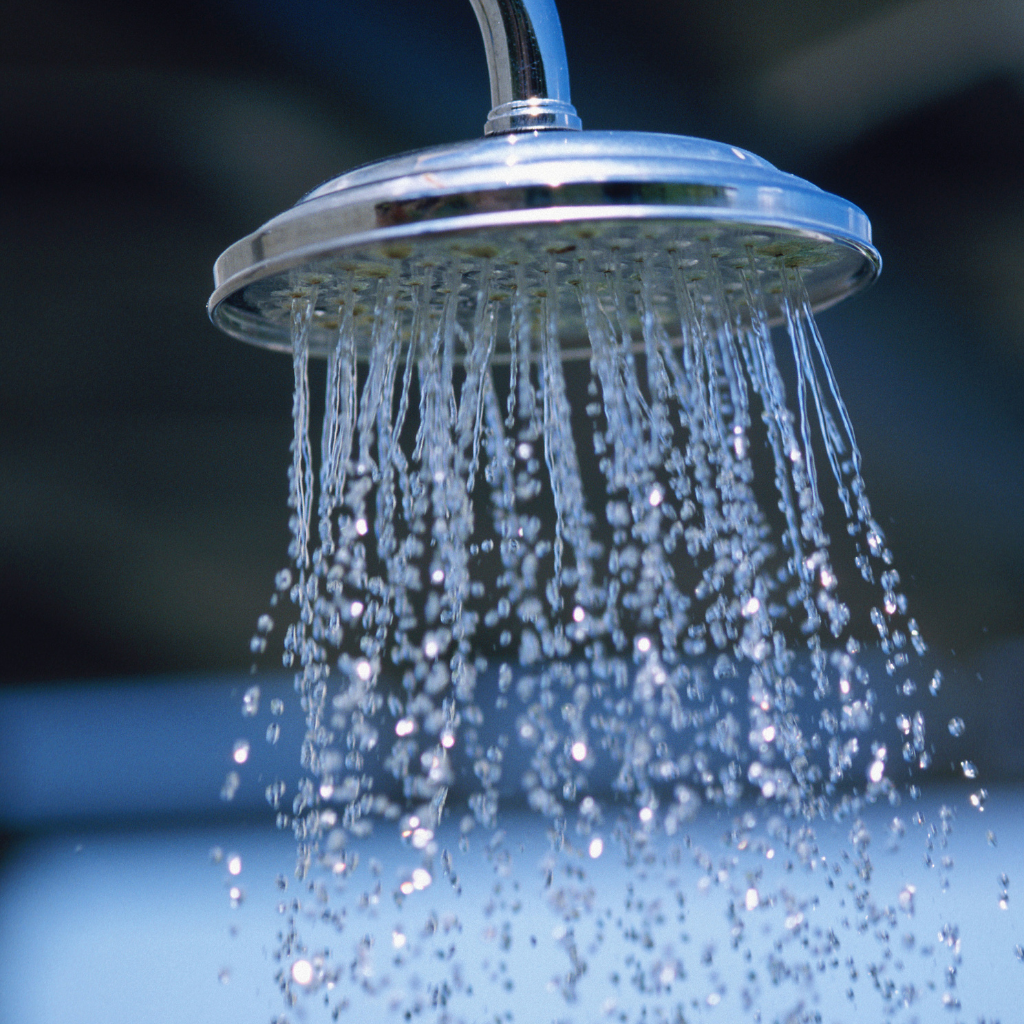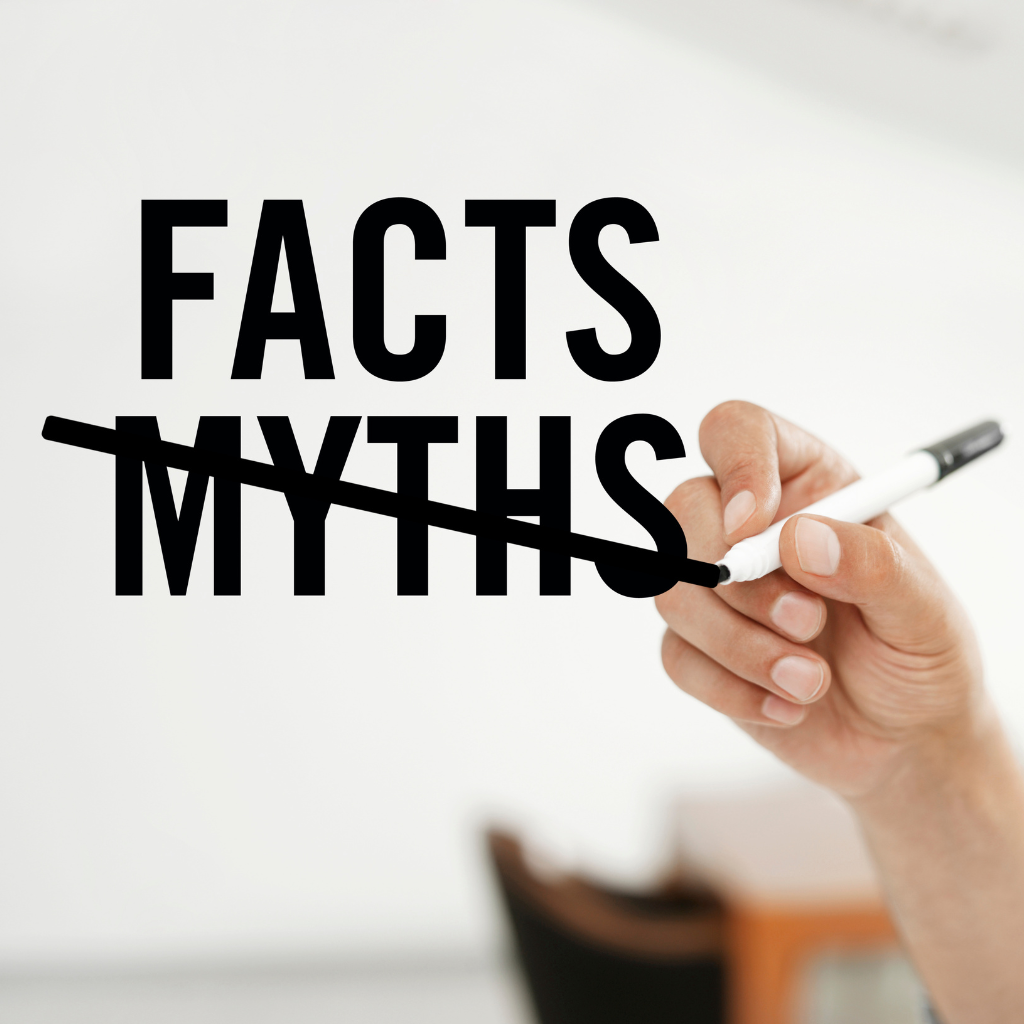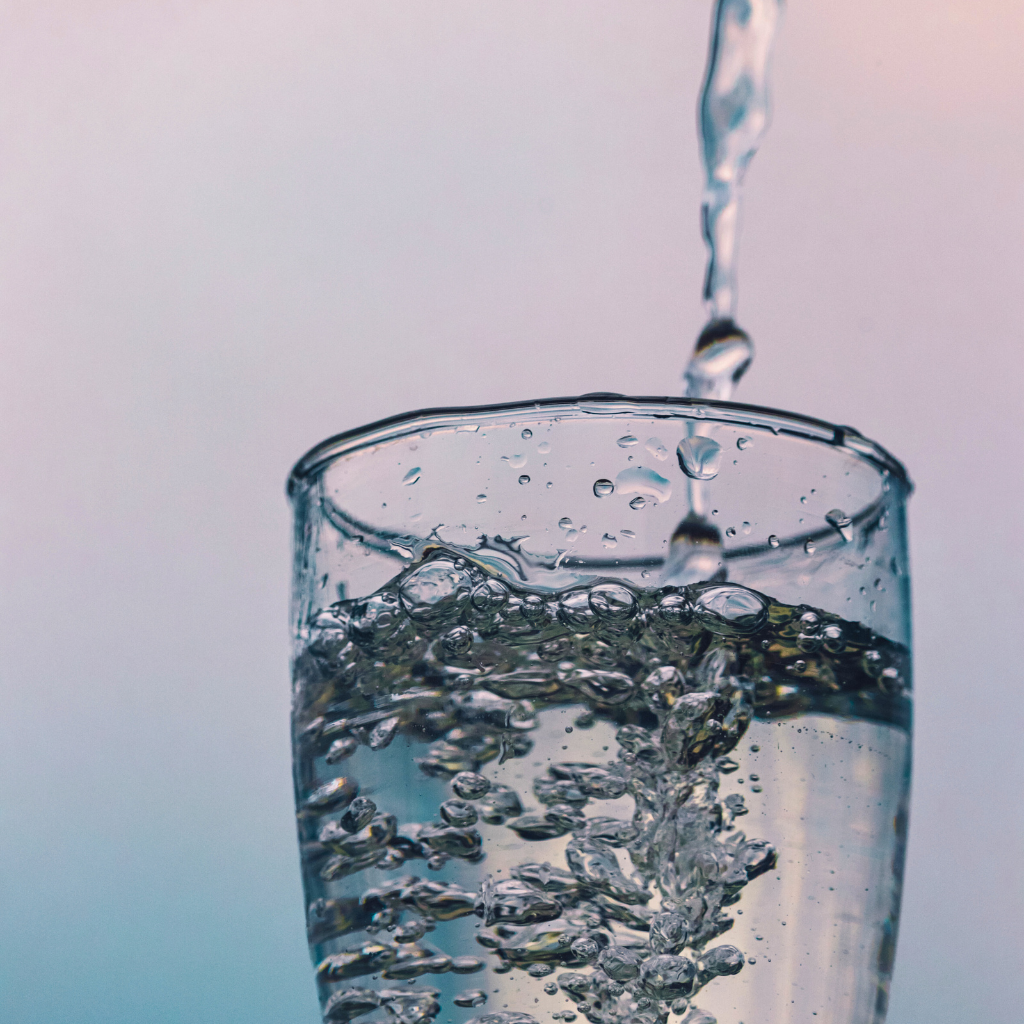There's a lot of misleading information out there




FACT vs MYTH About Water Treatment Services
Myth #1: Reverse osmosis (RO) water is bad for your health.
FACT: Research-based evidence that RO water is harmful to your health remains to be discovered by scientists. People who are afraid of pure RO water frequently worry that it will deplete their bodies of vital minerals. Drinking RO water will not harm your health, however, if you maintain a healthy diet, especially since it still has a small amount of vitamins and minerals that raise the alkalinity of water. Since RO water is more basic than acidic, it frequently aids those who suffer from acid-related conditions like severe acid reflux or gastrointestinal ulcers.
Myth #2: Soft Water can never be used to completely rinse out soap.
FACT: When you take a shower with soft water, you might notice that your skin feels “slippery” and that soap and shampoo seem to never fully rinse off. A softener actually removes the barrier to the moisturizing agents in soap and shampoo by removing the hardness from your water. Hard water causes soap residue to dry out the skin and make hair dull. However, when using soft water, your skin and hair look and feel as healthy and vibrant as they always have. Your body instantly benefits from clean, soft water, which it never knew it needed.
Myth #3: Water with too much sodium is hazardous.
FACT: Your body needs sodium to function. It can be found in all body tissues, and it’s generally not harmful at normal levels. Many people assume that since a water softener utilizes salt to eliminate water hardness, the water it produces must taste salty. This is blatantly inaccurate. Most people are unaware of how little sodium soft water contains. 75 to 100 mg of sodium on average can be found in a quart of water from a water softener. That’s less sodium than a slice of white bread. To make your water fully sodium-free, add a reverse osmosis water filter.
Myth #4: Calcium enriched water causes kidney stones.
FACT: Most water does not contain high enough levels of minerals to be dangerous and drinking more water can actually help prevent kidney stones. If your instinct is to reduce your water intake for fear of calcium build-up, you may want to reconsider.
Myth #5: There's no difference between salt-free and salt-based water softeners.
FACT: Although there are numerous devices for salt-free or saltless water, they are virtually often “descalers” rather than actual water softeners. Therefore they only prevent the building up of hard minerals inside your home. You will continue to experience additional side effects of hard water, such as dry skin and frizzy hair since salt-free water softeners don’t eliminate the hardness.
Myth #6: Bottled water is safer than tap water.
FACT: Bottled water can sometimes be perceived as “pure water” or “purified water,” but in most cases, bottled water is no purer than tap water. Companies that sell bottled water are self-regulatory and responsible for carrying out their own tests. When limits are loosened, contaminants have a higher likelihood of getting past the filters. For instance, if toxins are discovered in a municipal water system’s local water supply, the utility must inform its users. However, the EPA asserts that bottled water providers are exempt from those very stringent requirements. Compared to bottled water corporations, municipal water treatment plants often operate under stricter regulations.
Myth #7: Bottled water doesn't contain microplastics.
FACT: Tiny plastic flecks smaller than 5 mm in length are known as microplastics. Microplastics can be found in a variety of places, including plastic water bottles. Research shows that out of a test group of 259 bottles of water, 93% showed some sign of microplastic contamination.
Myth #8: Chlorine in water is harmful to human health.
FACT: Chlorine in drinking water has been studied and tested for a century, and it is widely regarded as safe. The most cited source is the World Health Organization (WHO) Guidelines for Drinking-water Quality (2008) which highlights that there may be some risks, but that they are outweighed by the benefits of using chlorine as a disinfectant agent in public water.
Myth #9: Drinking water must be unhealthy for me if it tastes terrible, stinks, or appears cloudy.
FACT: This is most likely false. To check, you need first contact your neighborhood water provider. For further information, request and review your local water report. The water provider must let you know if the water is unsafe for you. You should get in touch with the region’s medical professionals for advice on your health.
Myth #10: Fluoride in drinking water is unsafe.
FACT: This has been a big debate for the past 10 years. All tap water contains some level of fluoride but it’s more or less depending on where you live. There is research that supports that fluoride may have negative effects but for every one of these, there are 99 other facts that support the opposite.
Schedule an In-Home Water Test with our Experts now!
We offer complete water testing services and the best professional water tests to identify the most common contaminants and elements that effect your water. We have partnered with a National laboratory to help diagnose more extensive water problems as well.
